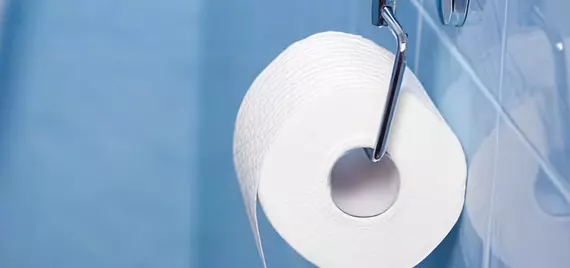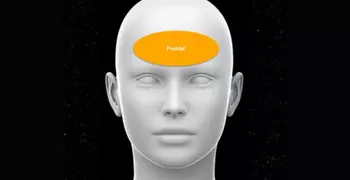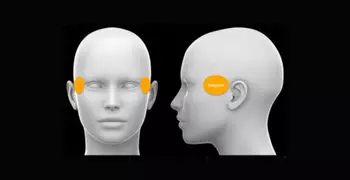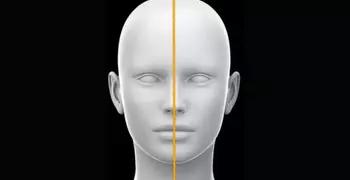Acupressure sequences for occipital headaches
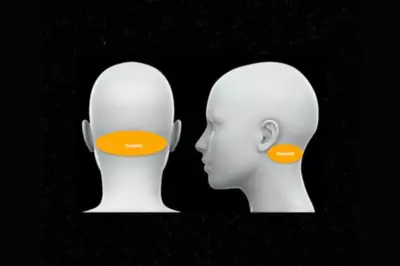
Use these points if you have a headache situated in the back of your head. Learn the sequence at your own pace, then watch the video.
-
LI 4
 This point is located on hand, in the web between the thumb and index finger.
This point is located on hand, in the web between the thumb and index finger.Place the hand palm down. When the thumb and pointer finger are pressed together, the point is located at the highest point of the muscle.
-
GB 20
 The point is located where the base of the skull and neck meet, and one finger width outward from the edge of the spine in the small depression.
The point is located where the base of the skull and neck meet, and one finger width outward from the edge of the spine in the small depression.Place fingers on the vertebra of the neck, just below the edge of the skull. Gently move the fingers laterally along the lower edge of the skull, over the thick muscles of the trapezius, until your fingers fall into a depression that feels like a small pool. This point is typically located at the most sensitive, deepest point in the hollow.
-
SI 3
 This point is located on the border on the hand, in the depression located next to the head of the pinky bone.
This point is located on the border on the hand, in the depression located next to the head of the pinky bone.Make a loose fist. Feel for the soft depression next to the head of the pinky bone. Apply pressure with the fingertip. This point can also be stimulated by hitting the side edges of the hands together at the point location, in a “karate chopping” motion.
The acupoint protocols shared in these materials are general in nature, intended to provide complementary therapeutic support to patients in an easily reproducible format. In contrast, licensed acupuncturists and healthcare providers trained in Chinese Medicine develop individualized acupoint prescriptions through patient assessment, diagnosis, and treatment planning based on Chinese Medicine theory. The acupoints used by licensed acupuncturists and Chinese Medicine providers to treat specific symptoms and address the root causes of illness may vary widely from the following protocols, based on the individual.
